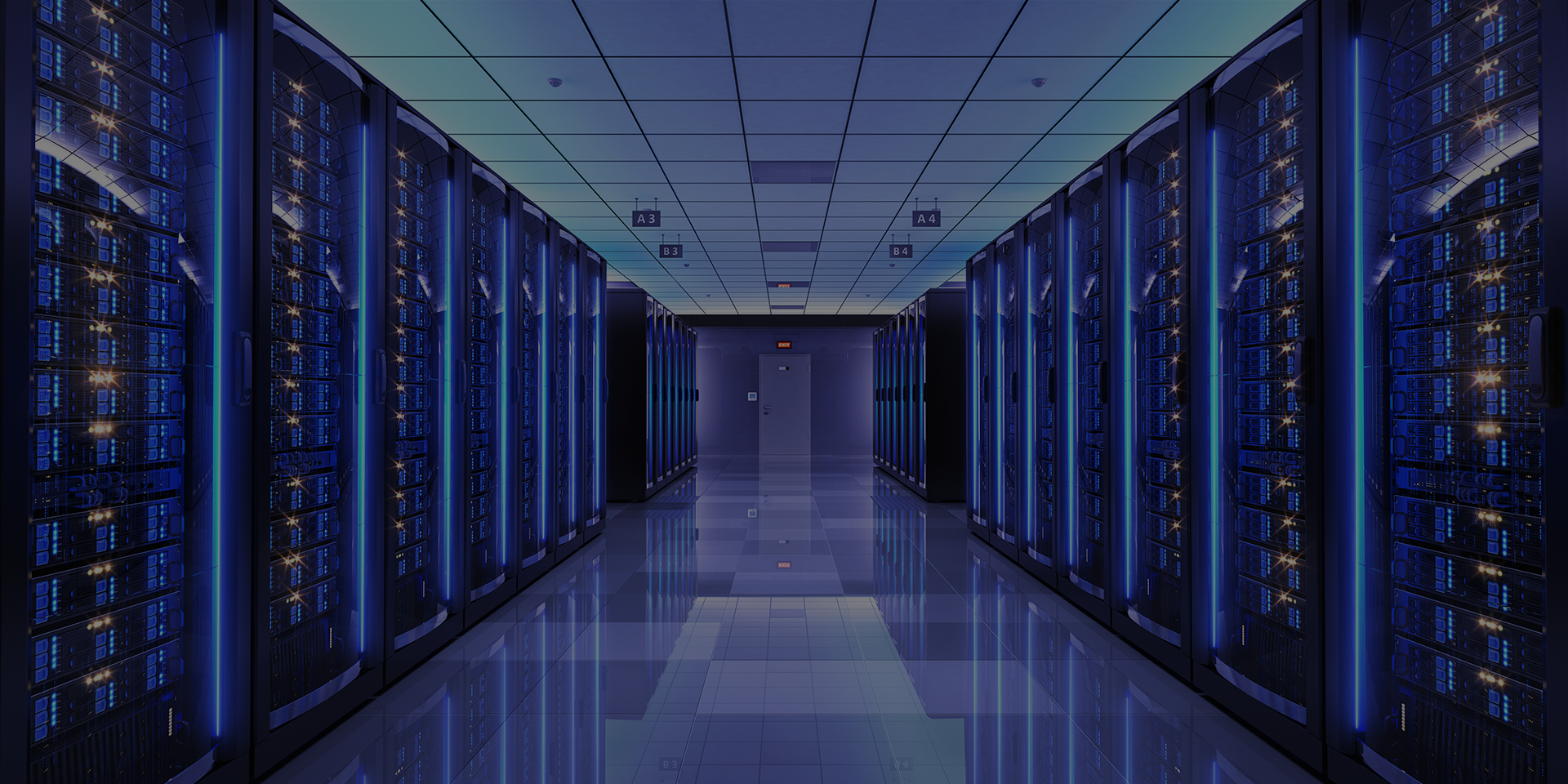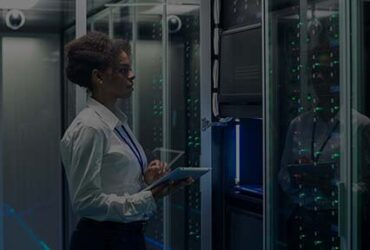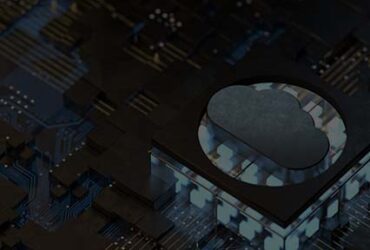What is DCI (Data Center interconnection)?
Just as the name implies, data center interconnection is the process of connecting two or more data centers over short or long distances. The interconnection is carried out not just to physical devices such as switches, routers, firewalls, servers, and so on, but also to support IT management, backup, disaster recovery, and business continuity.
The interconnection between data centers is accomplished by using distributed exchange points hosted in vendor-neutral or any other colocation facility. Another important reason for creating Data Center interconnection is to balance and share resources, especially when demand or traffic is on the rise.
In simpler terms, the interconnection allows multiple DCI providers to share resources, communicate effectively, and transfer data simultaneously.
Why is data center interconnection necessary?
The data center connectivity market is a blessing for today’s businesses because the need for interconnecting data centers is now more than ever. As you would have noticed that there is a rapid growth of SaaS services, work from home culture, the cloud, and other technologies, it goes without saying that connectivity has become critical for any business user. As a result, the data center traffic is increasing at an astonishing rate.
So, the urgent need is to reduce latency and response time between the user and the data center. Hence, establishing connectivity between data centers has proved to be an effective solution in tackling this challenge. There Is no doubt why the data center interconnect market size is rapidly growing.
Essential factors to consider while interconnecting data centers
You have to remember that not all DCIs are the same; hence they do not follow the same protocols. As a result, when looking for DCI providers, here are some factors you may have to consider.
Capacity
Though the idea behind data center interconnection is to share workloads and storage space by transferring data to each other, it does not mean that all data centers have the same capacities. Remember, data centers with limited storage capacity or that are unable to handle data traffic spikes can affect the overall performance of the entire interconnection ecosystem.
Distance
Since the distance between interconnected data centers can affect packet transmission latency, it is better to look for a low latency connection to improve the performance of your network. The type of cable used for a particular connection is also important. Fiber Optic, for example, is faster than UTP.
Security
Data breaches have become a common occurrence. That is why security should be one of your top priorities. It is good to have IT personnel while transferring data from one data center to another. Also, make sure any in-transit data in a DCI connection adheres to strict encryption protocols as well as accessibility and utilization rules.

Types of Data Center Interconnections
Cross Connect
A cross-connect is a point-to-point, direct connection between two data centers made through a physical cable. The cross-connect connects different services, customers, or applications to provide flexibility in the physical network infrastructure.
Peering Exchange
A peering exchange is a kind of marketplace that connects ISPs and allows them to exchange IP traffic to benefit each other. This saves money that incurs on third-party networks for guaranteed connectivity. It also contributes to a better end-user experience by taking the shortest and most effective network route.
Blended IP
As the name suggests, this option combines different connectivity options of ISPs to provide a single connection. Blended IP service providers provide businesses with a single Internet connection without giving them the option to negotiate with multiple service providers. Another advantage of this method is that it provides maximum traffic routing while reducing network congestion.
Inter-site Connectivity
This connectivity type is used to establish either a physical or virtual data connection between two data centers in order to reduce load balance, traffic congestion, and link failures.
The benefits of Data Center interconnection
- Ensures security against cyber threats
- Helps to maintain quality of service policies
- Increased flexibility in regards to how workloads are prioritized and distributed
- Facilitates providers to leverage collective resources and access the physical and virtual resources of other data centers
- Better scalability and makes it easier for companies to achieve business continuity
Conclusion
Companies, irrespective of their size, can now opt for data centers through service providers at a fraction of the cost compared to the cost required to build one on their own. By interconnection, they can increase data center capacity and processing power. It also reduces maintenance and personnel costs while ensuring a higher and more secure data transmission. Today, data center interconnection is no longer seen as an option but a must-have requirement.
Netlabs Global offers proven and effective data center solutions for modern businesses to help manage data and applications intelligently. Talk to us today to learn more about how our data center solutions and services can help your business.





